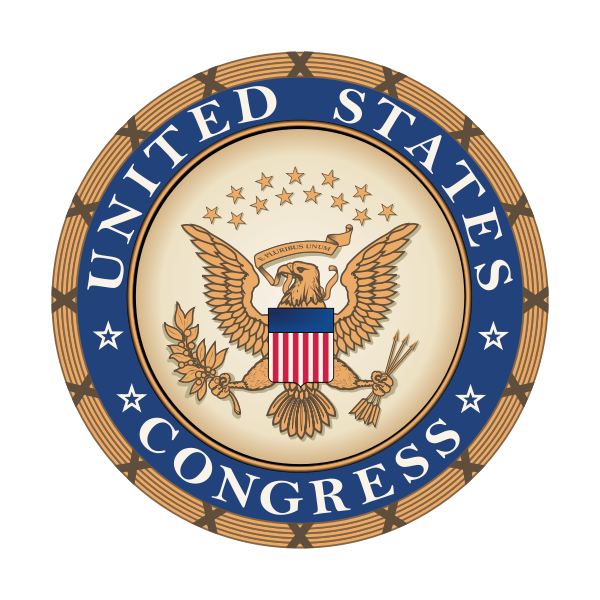By Rona Fried, Ph.D June 24, 2014


 Wouldn’t it be great if this legislation passed? The Green Bank Act of 2014 has been introduced in the House and Senate again.
Wouldn’t it be great if this legislation passed? The Green Bank Act of 2014 has been introduced in the House and Senate again.
In 2009, it passed in the House, but not the Senate, and Rep. Chris Van Hollen (D-Md.) has introduced it once more, this time with a companion Senate bill sponsored by Chris Murphy (D-Conn.).
It would create permanent, reliable, low-cost financing for clean energy and energy-efficiency projects across the United States and provide seed funding for state green banks.
One would think it would have bipartisan support because it would eliminate the need for subsidies. President Obama included it in one of his budgets, and the United Kingdom has a national Green Investment Bank.
In the absence of federal legislation in the United States, four states have since launched green banks: Connecticut, New York (capitalized at $1 billion), Vermont and Hawaii, and 10 others are actively considering it, recently attending the first Green Bank Academy.
The federal legislation is modeled on Connecticut’s green bank, called the Clean Energy Finance and Investment Authority (CEFIA), the first state to implement the concept.
Like state green banks, a national bank would focus on “financing gaps” — creditworthy projects that can’t get to scale for lack of reasonably priced financing in private capital markets. Not only would it spur private sector investment, it would cut the cost of clean energy and accelerate deployment. It would also catalyze development of more state green banks by offering low-interest loans of up to $500 million. Highlights of the bill:
- Mission: advance vital national objectives of achieving energy independence, abating climate change, reducing the delivered cost of clean energy to consumers and stimulating job creation through the manufacture, construction and operation of creditworthy clean energy and energy-efficiency projects.
- Initially capitalized with $10 billion in green bonds issued by the U.S. Department of the Treasury, it could acquire another $40 billion in green bonds.
- Fully paid for by eliminating a tax loophole that encourages companies to invest borrowed money abroad rather than in the United States. Authorized to engage in a comprehensive range of financing support: loans, loan guarantees, debt securitization, insurance and other forms of risk management.
- Explicitly permitted to partner with, and be a source of low-cost capital for, the growing number of state clean energy financing entities being established across the United States.
- Chartered for 20 years under independent governance by a board of directors comprised of five Cabinet secretaries and six presidentially appointed members with relevant expertise.
- Robust spending safeguards and public disclosure requirements to ensure the highest levels of efficacy, accountability and transparency.
Connecticut’s green bank has attract- ed private capital by leveraging public funds by 10 to one, said Gov. Dannel Malloy. If it passed on the national level, Connecticut would receive up to $500 million of federal funds, which could be leveraged to attract about $5 billion of private capital for our growing clean energy economy, he said.
National green bank legislation is cosponsored by Jim Himes (D-Conn.), Elizabeth Esty (D-Conn.), Jim Langevin (D-R.I.), Louise Slaughter (D-N.Y.), Eleanor Holmes Norton (D-DC), Gerry Connolly (D-Va.) and Earl Blumenauer (D-Ore.).
New Jersey’s Energy Resilience Bank
In another move that would greatly expand renewable energy, Gov. Chris Christie wants to use $210 million in Sandy relief funds to set up the New Jersey Energy Resiliency Bank. It would bolster infrastructure to withstand extreme weather events. Like the green bank, it would attract private investment by leveraging public funds.
Low-cost loans and other kinds of financing would be used to build on-site distributed energy for critical facilities such as hospitals, schools, water and wastewater plants, communications and transportation.
These initiatives aren’t new. New Jersey lawmakers have long recommended them and even allocated funds in the state’s Clean Energy Fund. But Christie raided the fund to the tune of $1 billion to close the state budget.




